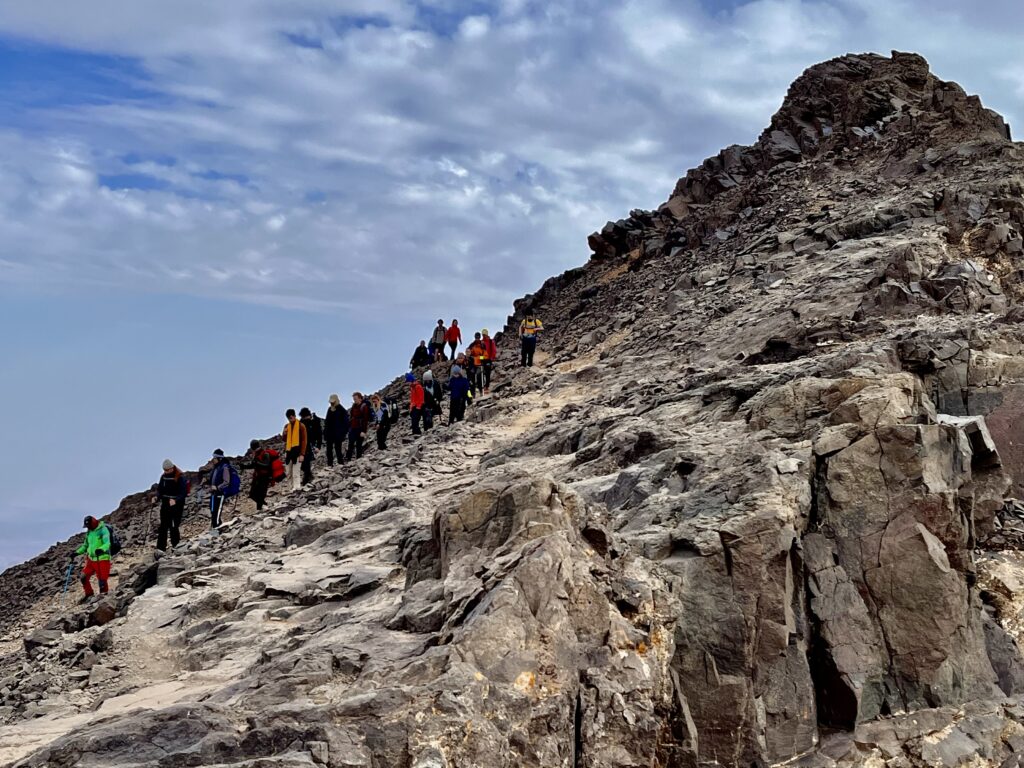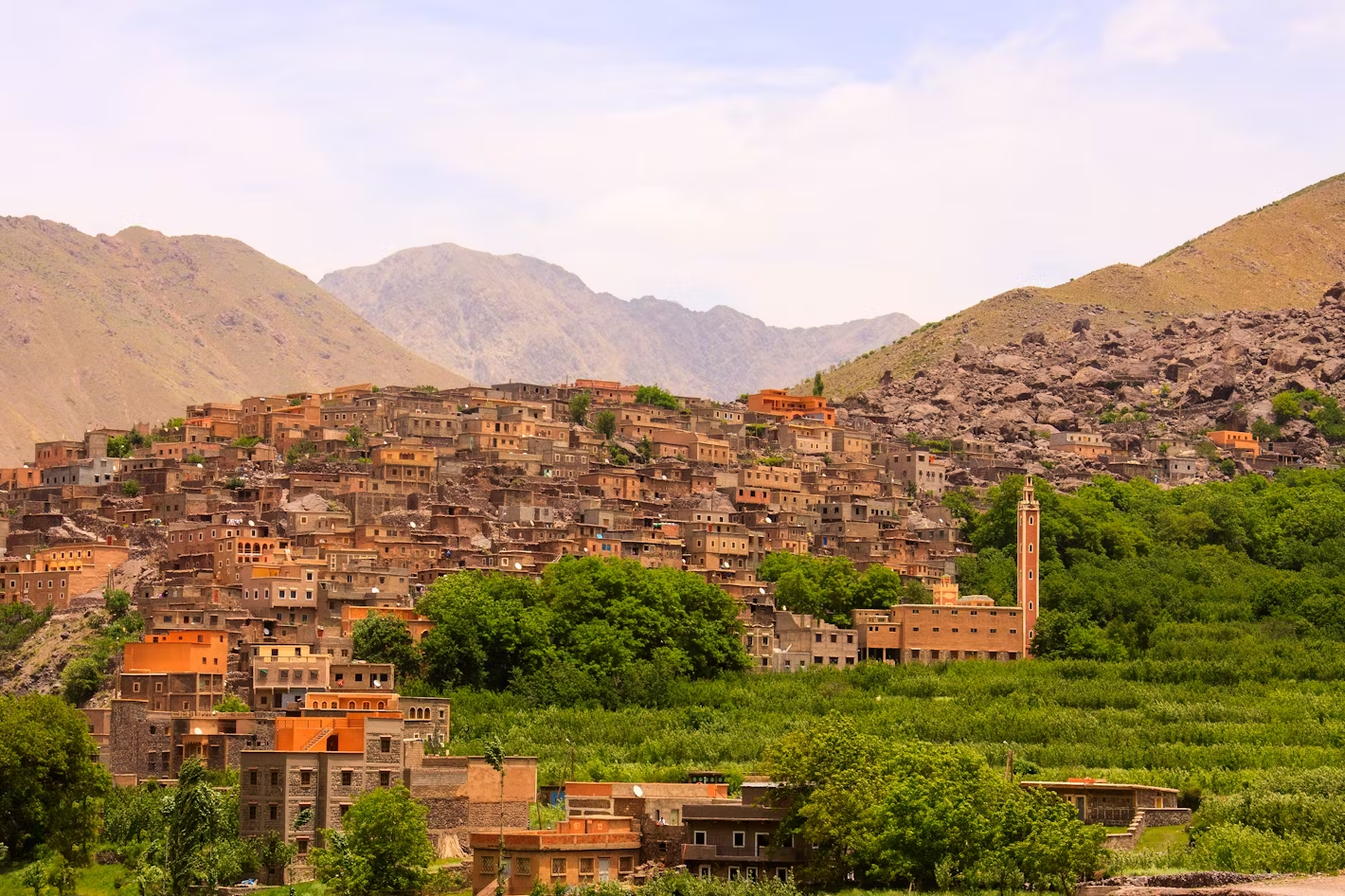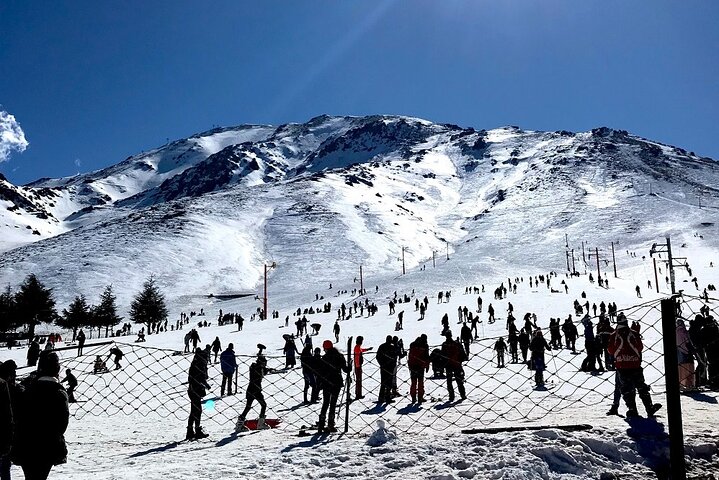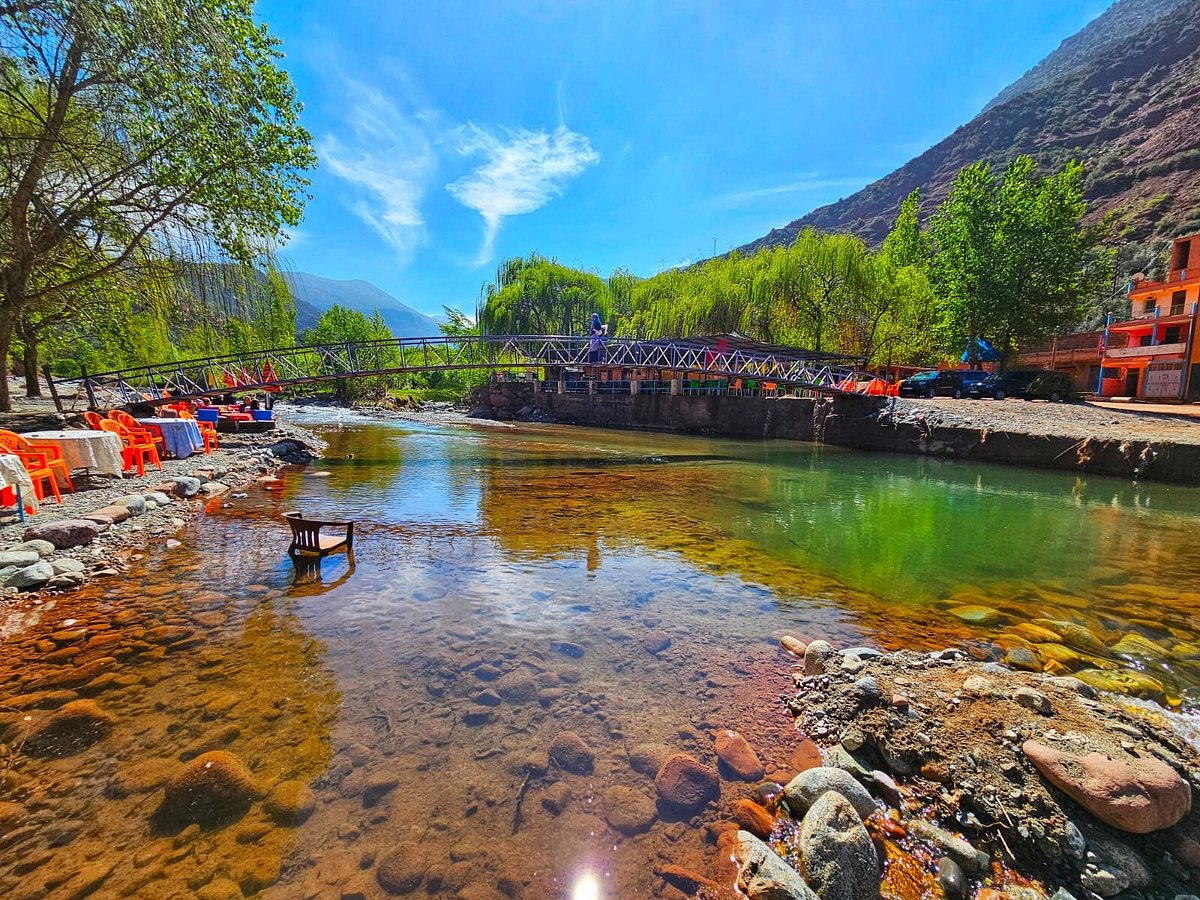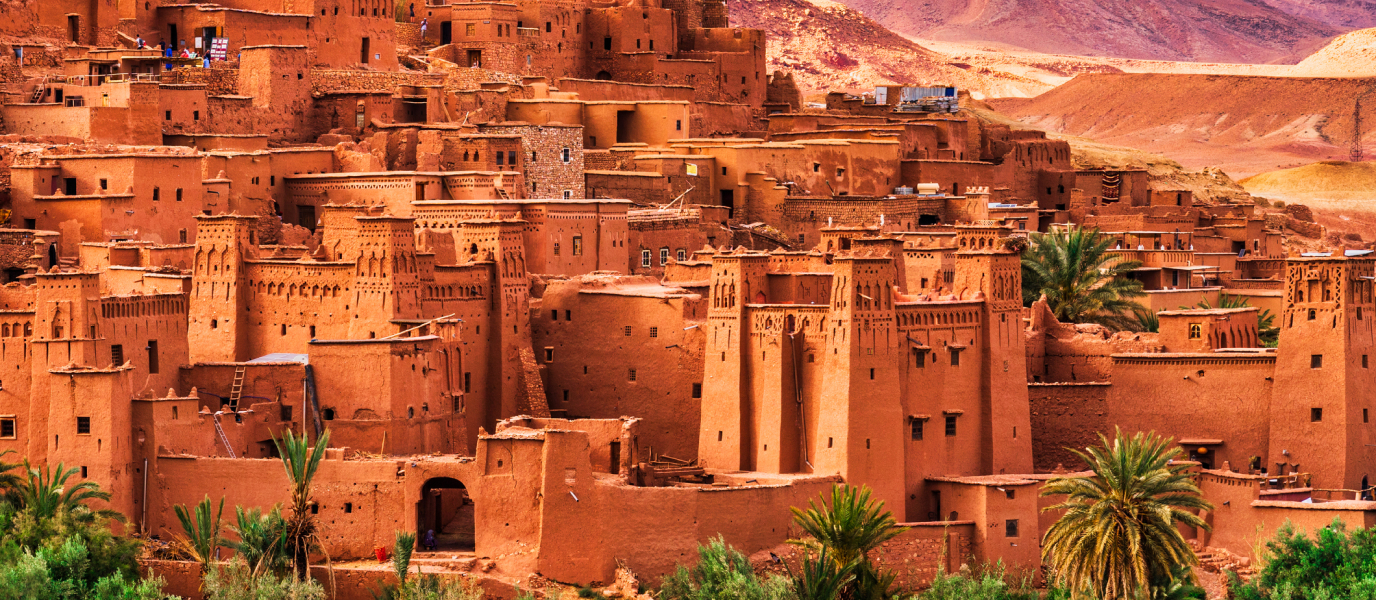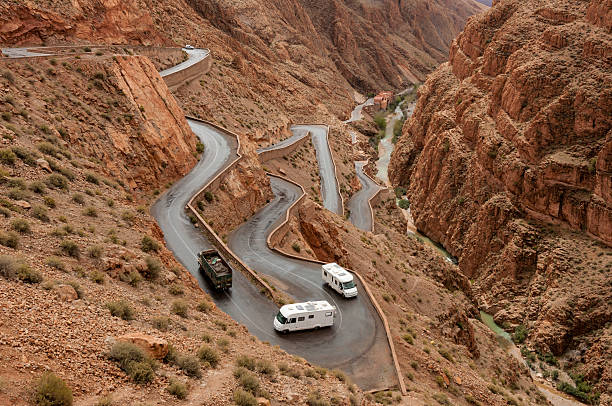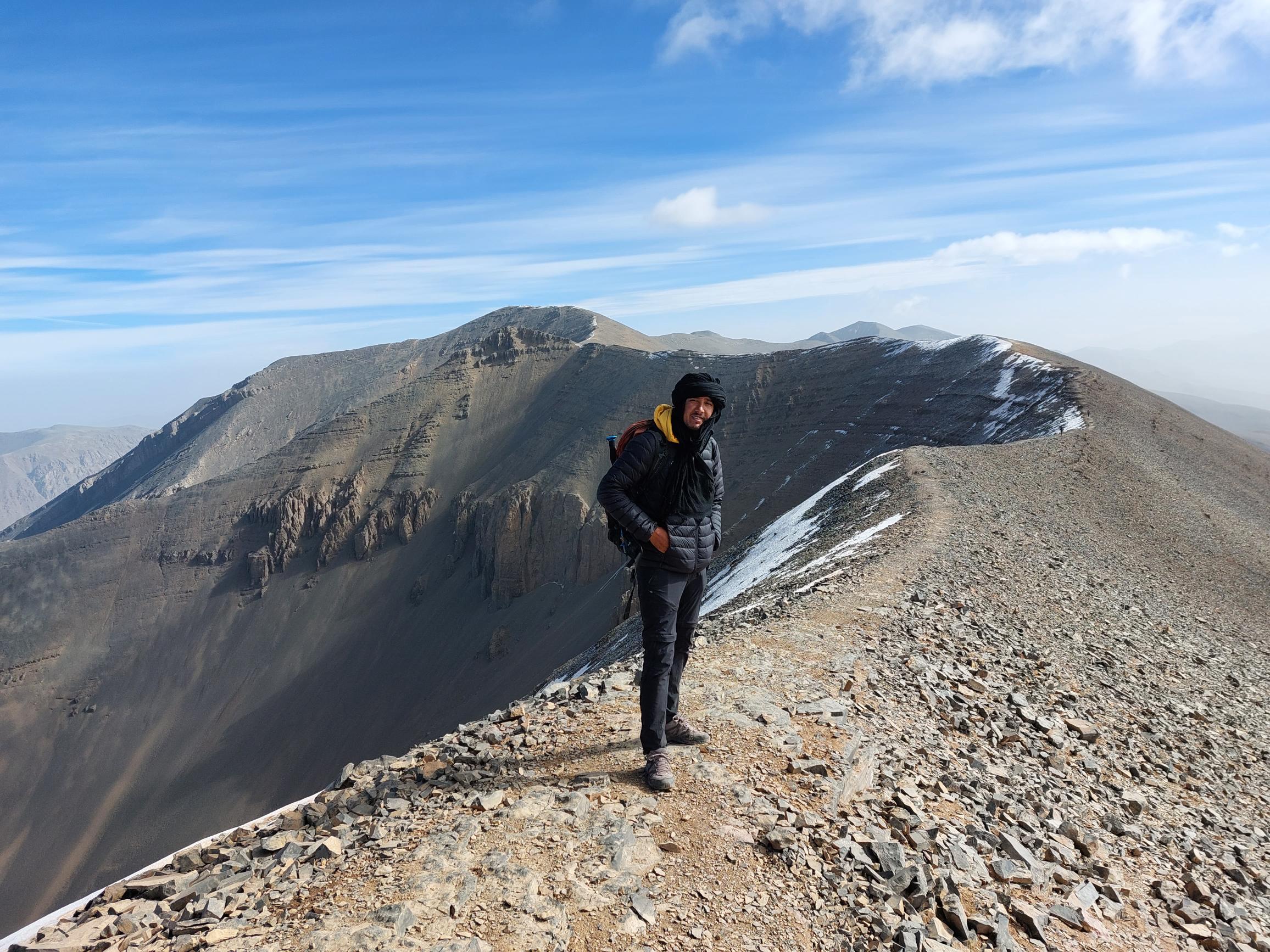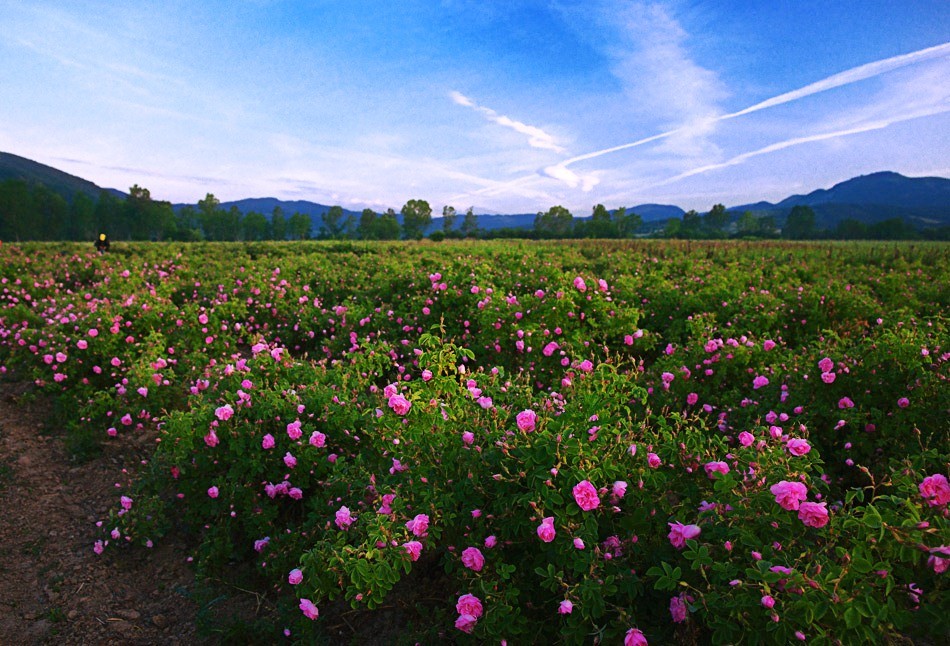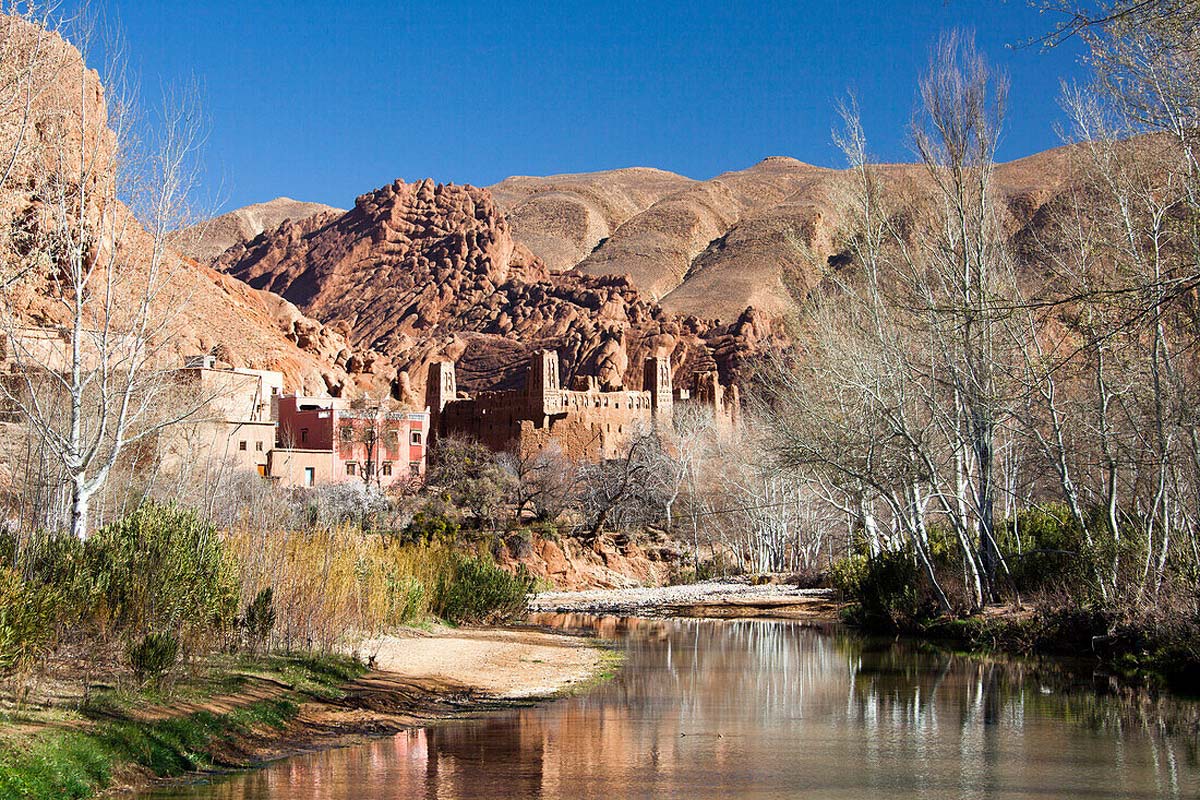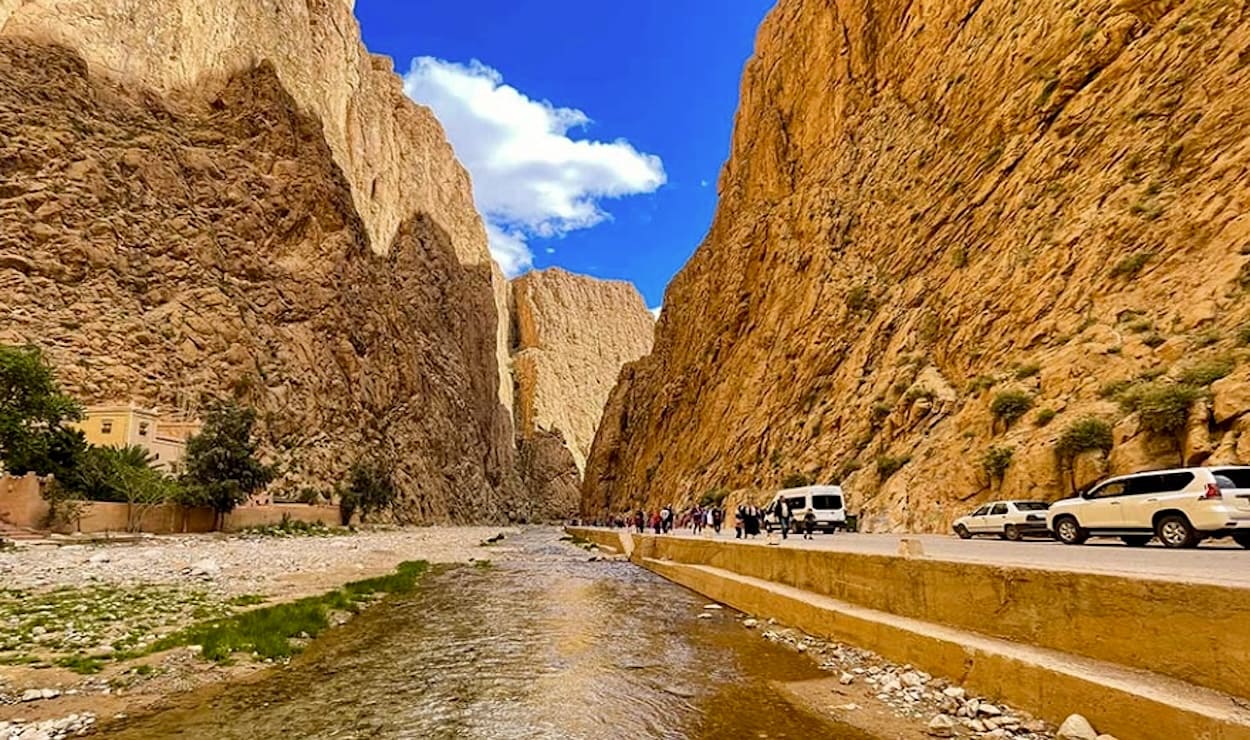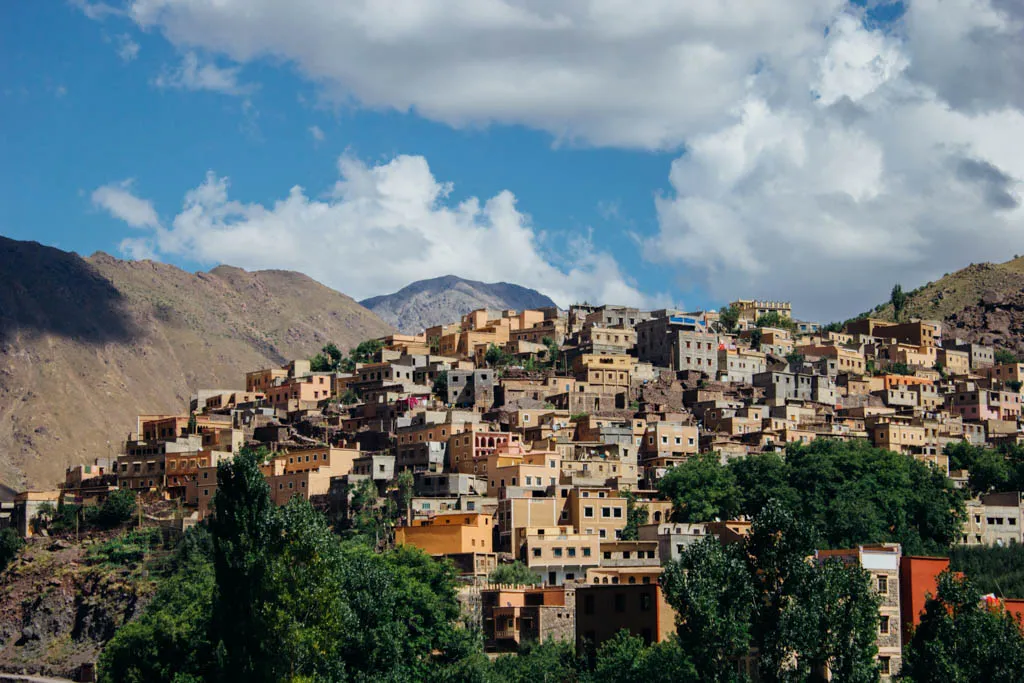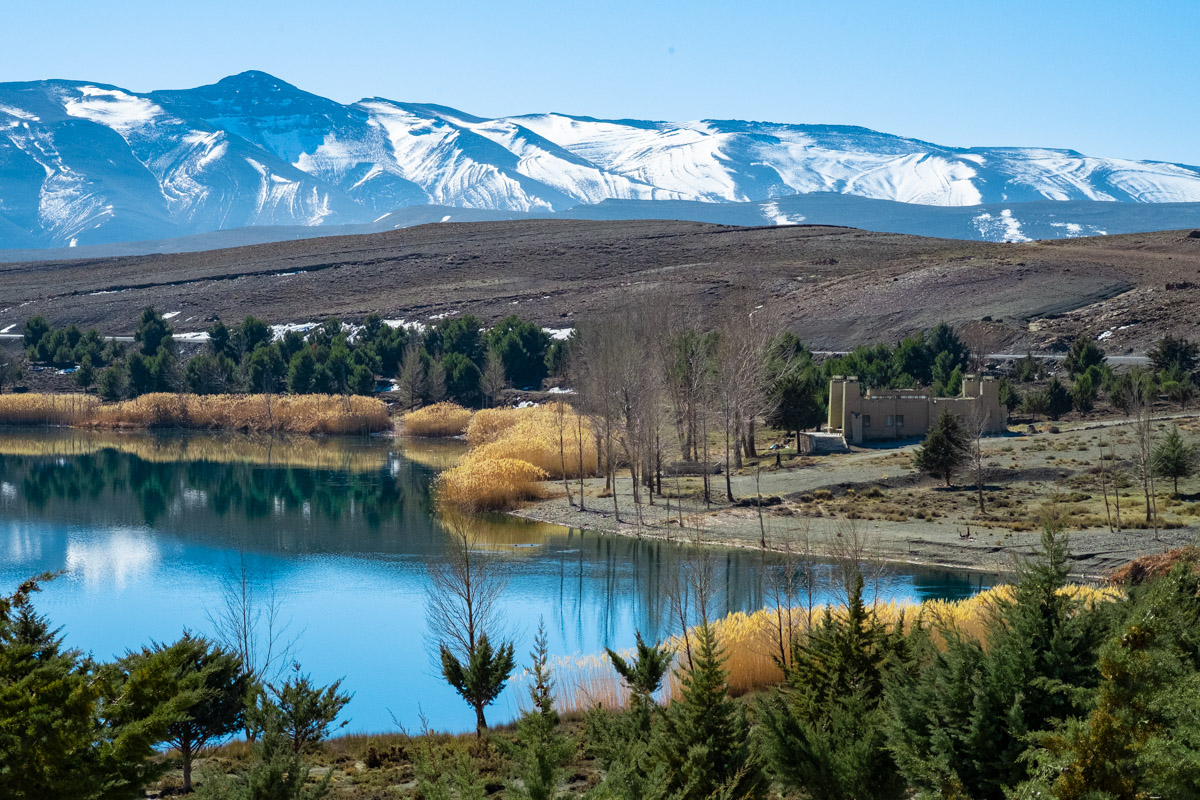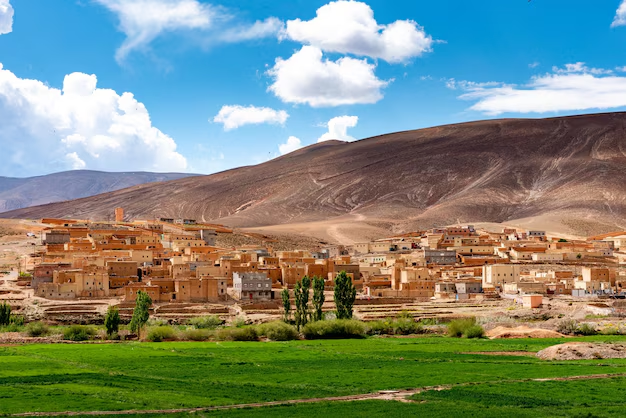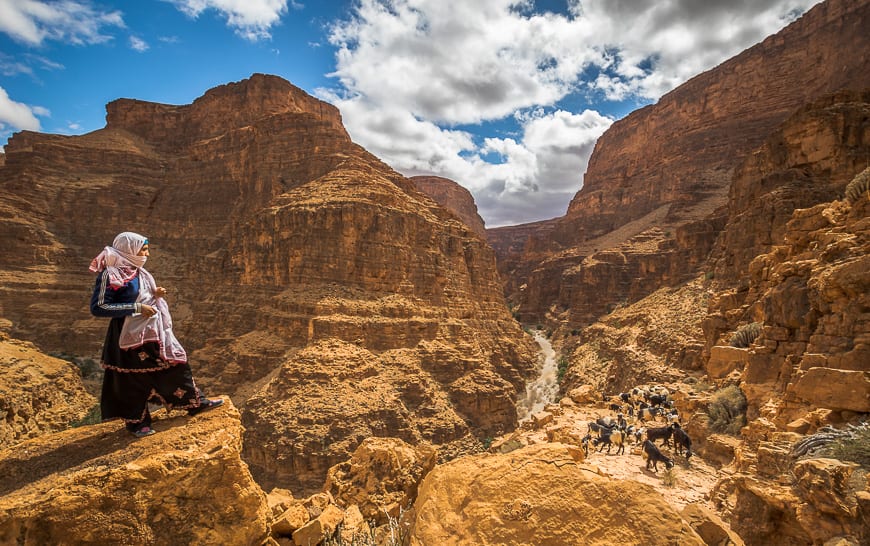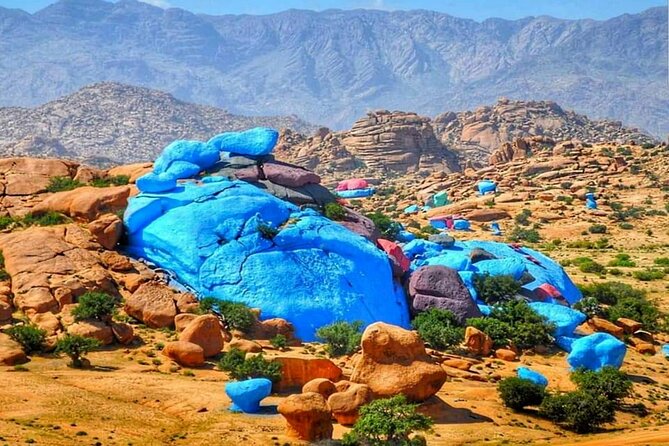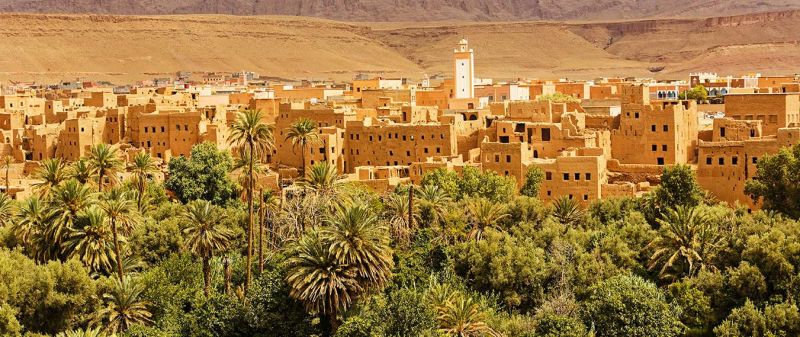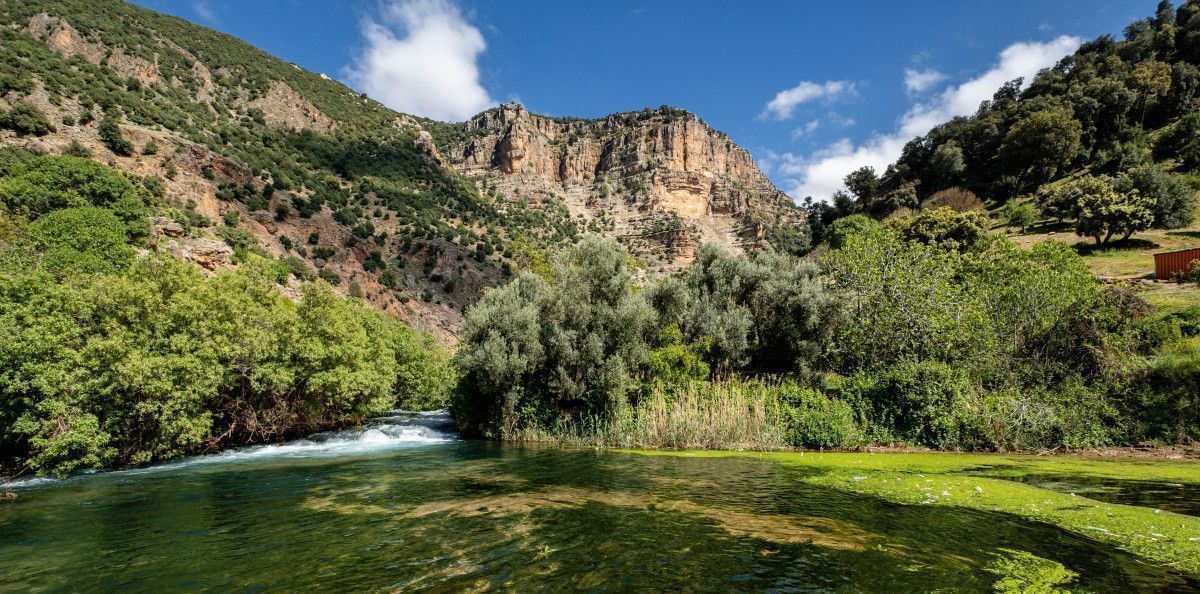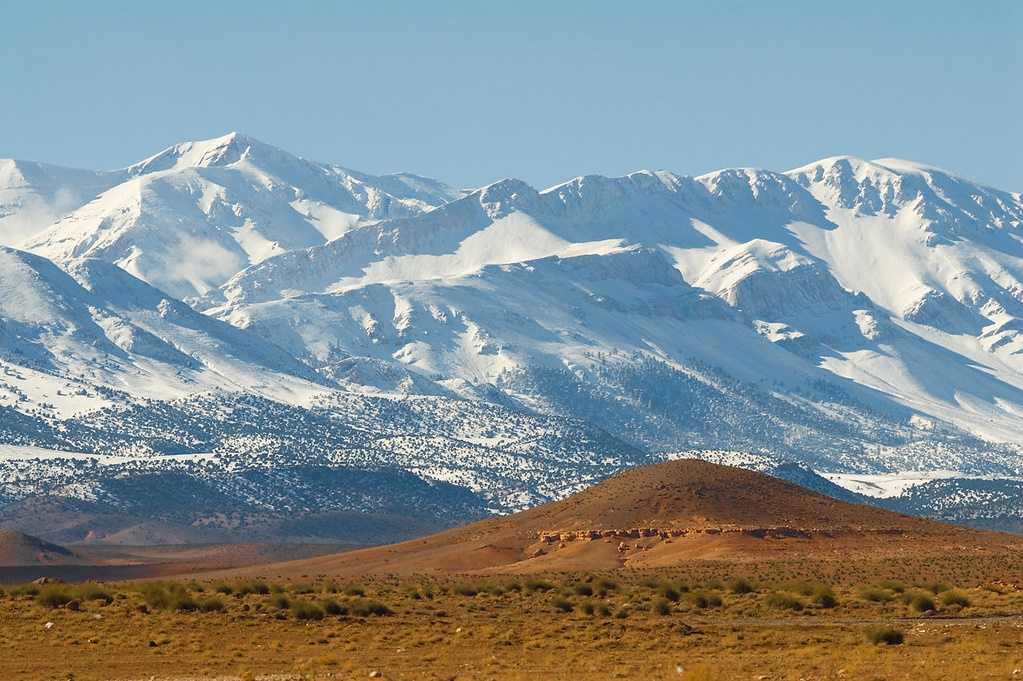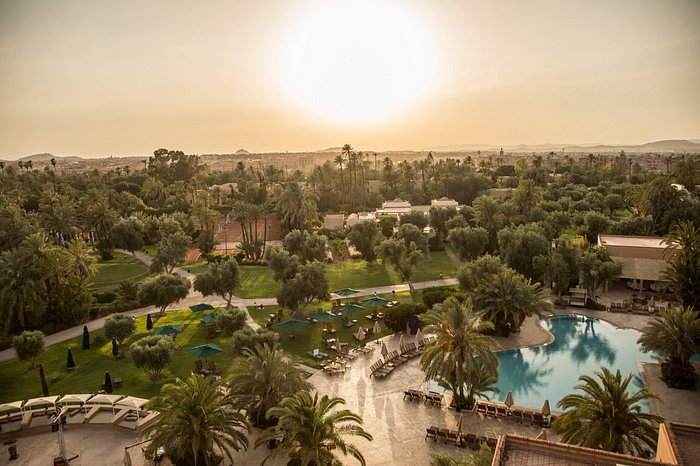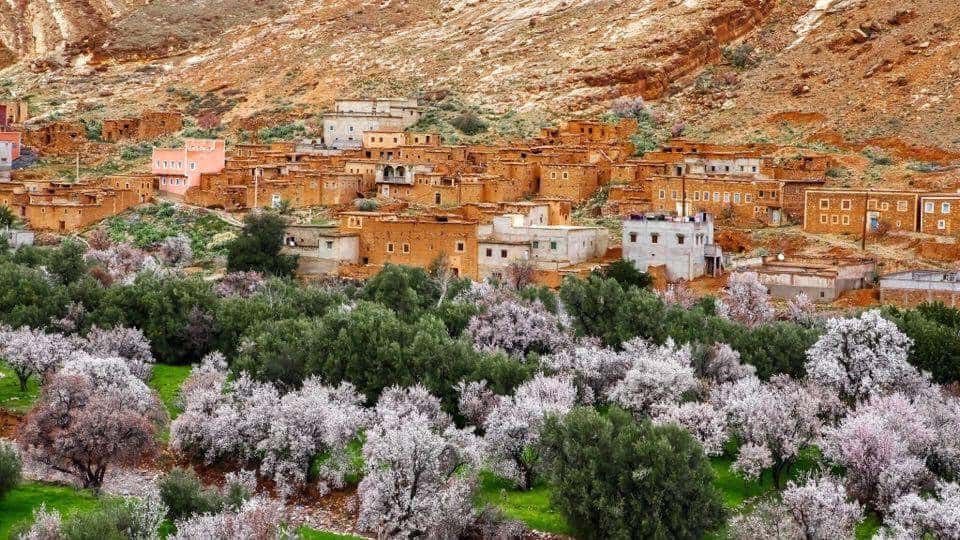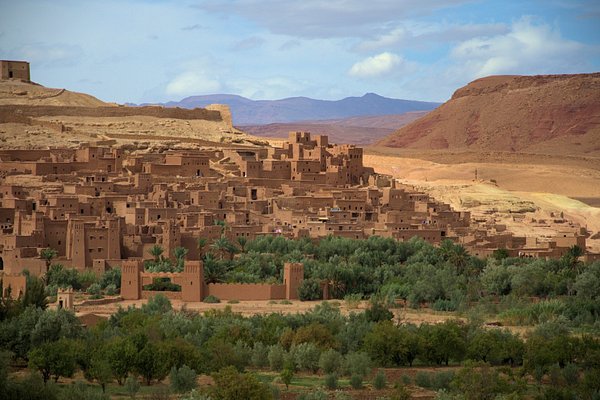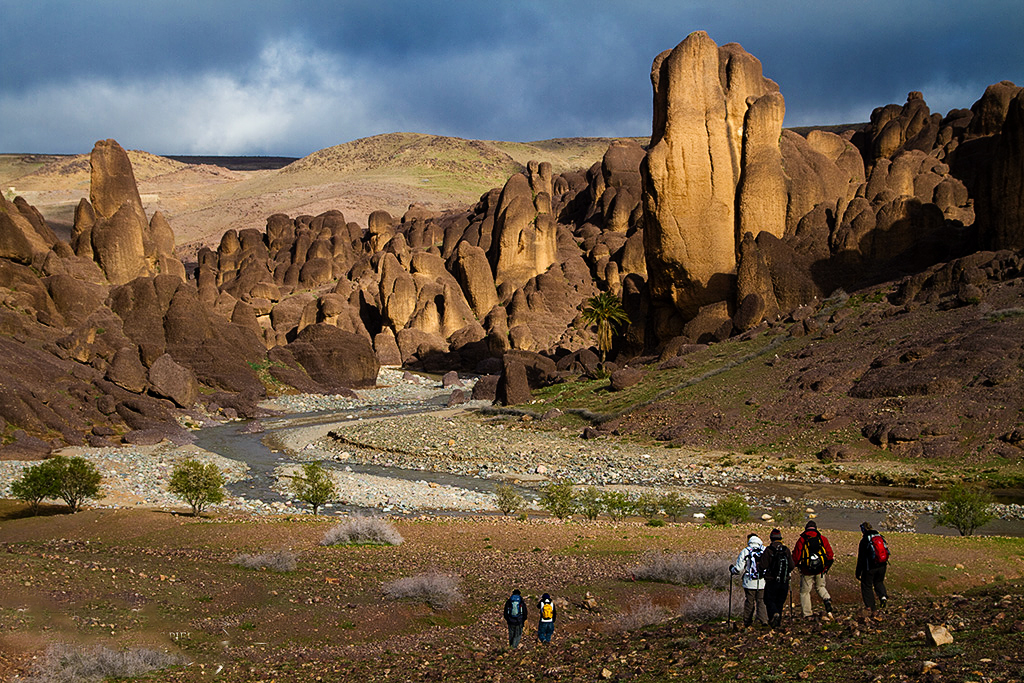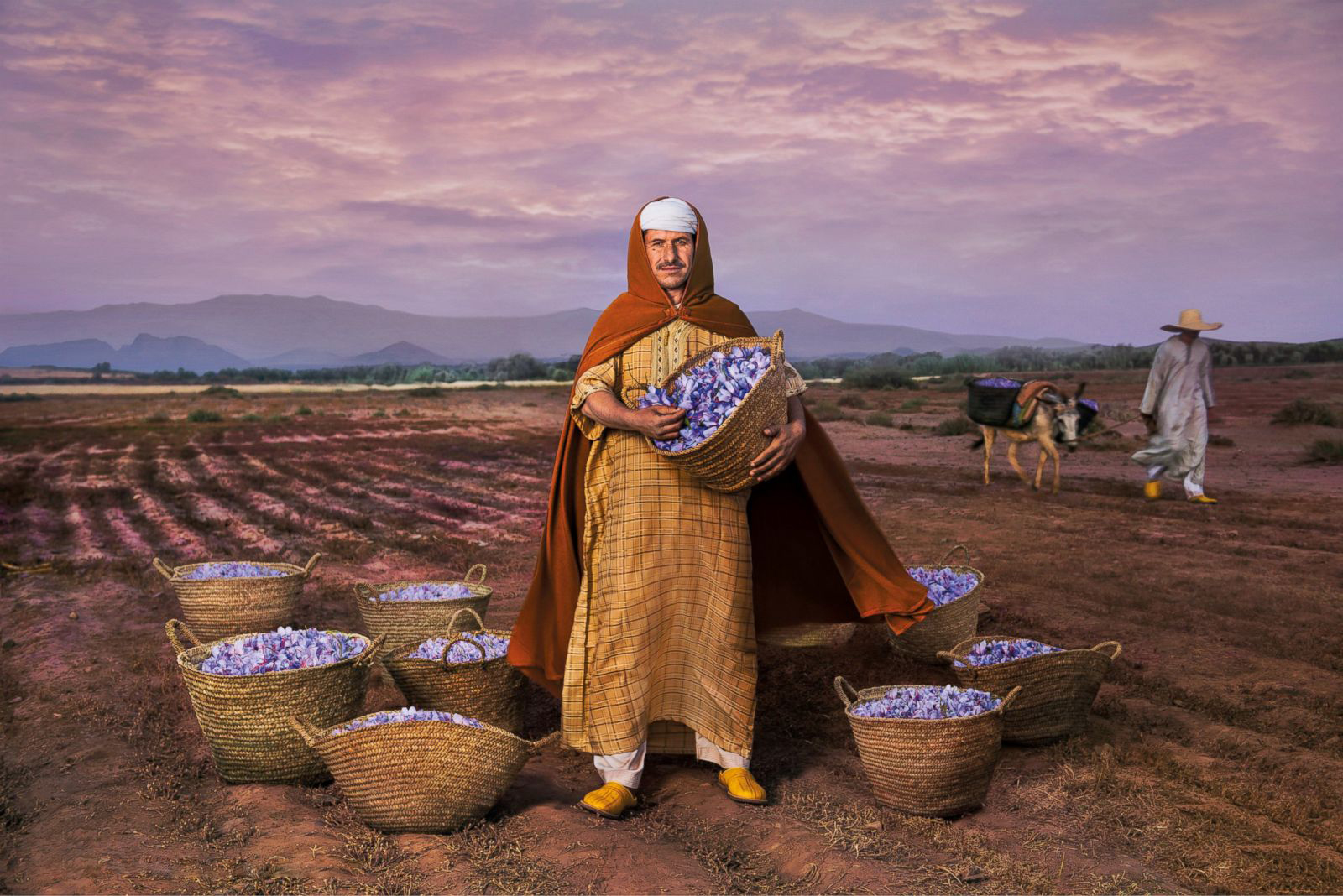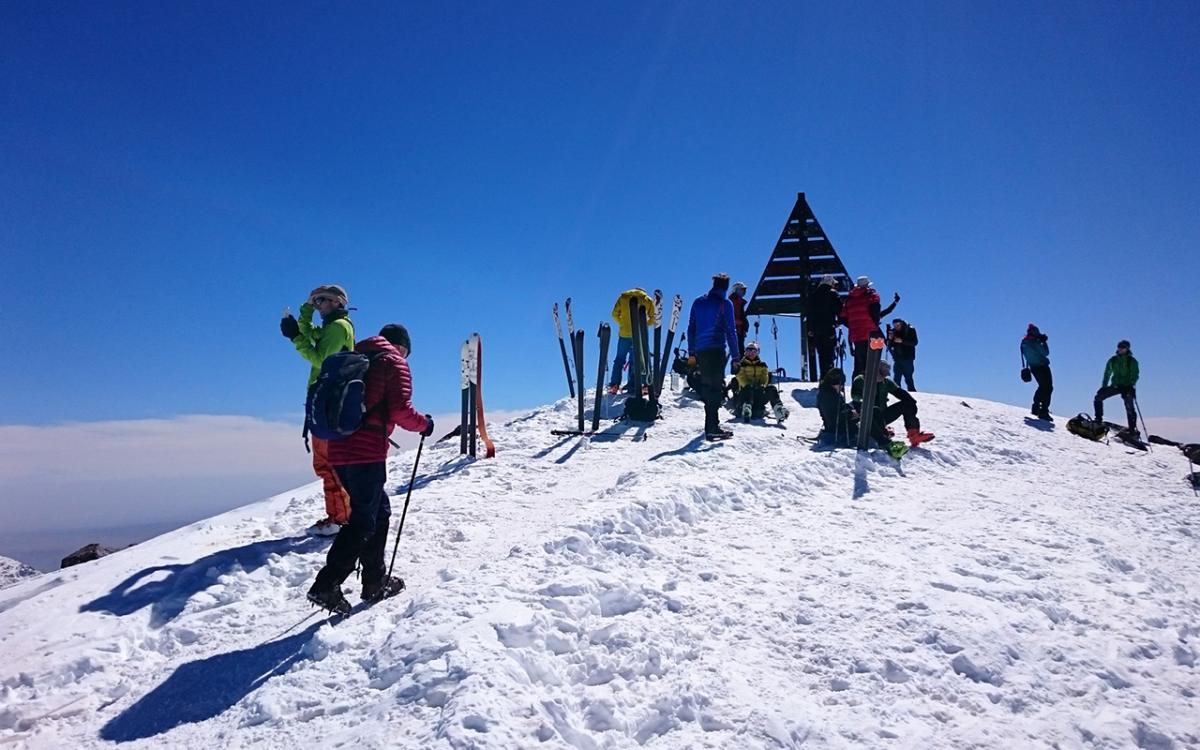25 Stunning Morocco Atlas Mountains Pictures You Need To See
From towering peaks to scenic valleys, explore the beauty of Morocco's Atlas Mountains through striking pictures that capture the essence of this magical region.
Author:Liam JonesReviewer:Sophia HarperJan 03, 20251.6K Shares64.4K Views
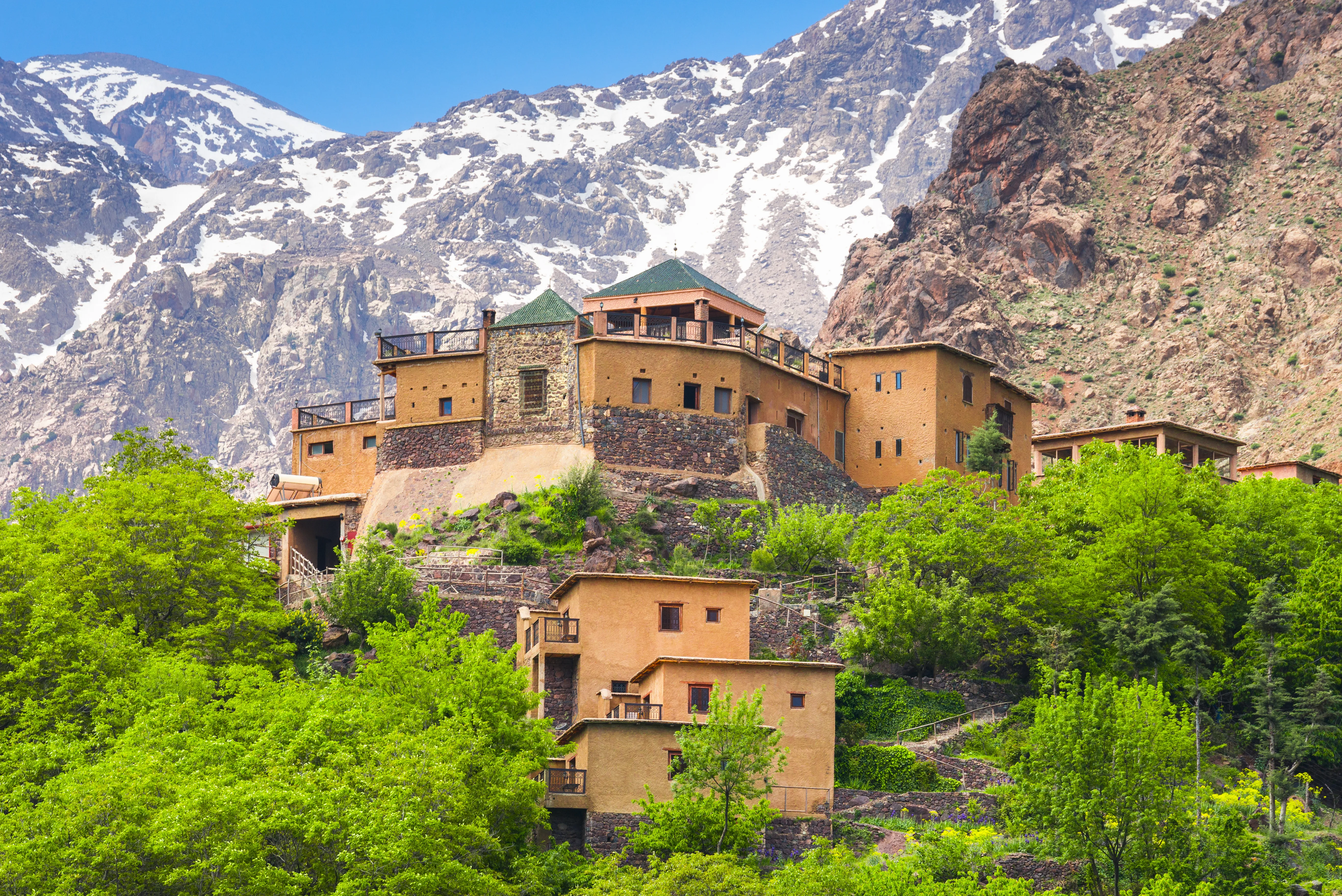
The Atlas Mountains are a striking geological formation that divides Morocco's coastal plains from the Sahara Desert. Their vast, rugged beauty and diverse landscapes have made them a magnet for photographers around the world.
From snow-capped peaks to lush valleys and ancient villages nestled within, the Atlas Mountains offer some of the most breathtaking scenery in Morocco.
Whether you're a seasoned photographer or simply a lover of nature, capturing the mountains' charm provides a window into a world where natural beautyand rich cultural heritage coexist harmoniously.
The Majestic Beauty Of The Atlas Mountains
The Atlas Mountains stretch over 2,500 kilometers, traversing Morocco, Algeria, and Tunisia. Morocco’s portion is home to some of the most stunning views in the country, with jagged peaks, fertile valleys, and vast desert landscapes. The variety of terrain in the Atlas Mountains provides an unparalleled opportunity for photographers to capture nature in all its forms.
One of the most striking features of the Atlas Mountains is their dramatic contrast. The snow-covered peaks of Mount Toubkal, the highest point in North Africa, provide a stunning backdrop against the arid landscapes of the southern foothills.
Further south, the rolling hills of the Anti-Atlas Mountains gradually give way to the Sahara Desert. This diverse geography allows for a wide range of photography styles, from wide-angle shots of the towering mountains to intimate close-ups of local flora and fauna.
25 Most Stunning Locations In The Morocco Atlas Mountains
1. Mount Toubkal
At 4,167 meters, Mount Toubkal is the highest peak in North Africa and a popular destination for trekkers and climbers. The summit offers breathtaking panoramic views of the surrounding Atlas range and valleys, making it a prime spot for landscape photography.
2. Imlil Village
Nestled at the base of Mount Toubkal, Imlil is a small Berber village famous for its traditional mud-brick houses and its role as the starting point for trekking to Toubkal. The village is surrounded by terraced fields and offers fantastic views of the mountains.
3. Oukaïmeden
Known as Morocco’s ski resort, Oukaïmeden is a high-altitude area offering excellent winter photography opportunities. Besides skiing, the region provides stunning snow-capped mountain views, ancient rock art, and traditional Berber villages.
4. Ourika Valley
Located close to Marrakesh, Ourika Valley is known for its lush landscapes, waterfalls, and vibrant green hills. Photographers can capture both the natural beauty and the way of life in Berber villages, with the snow-capped peaks of the High Atlas in the distance.
5. Ait Benhaddou
A UNESCO World Heritage site, this ancient ksar (fortified village) is a dramatic fusion of earth-colored mud-brick buildings and the rugged desert landscape. It has been the backdrop for many films and provides a stunning contrast with the surrounding mountains.
6. Tichka Pass
The Tichka Pass is a mountain pass in the High Atlas Mountains and one of the highest paved roads in Morocco. It offers sweeping views of the mountains and is a must-visit spot for panoramic photography.
7. M’Goun Massif
The M’Goun Massif is the second-highest peak in the High Atlas Mountains, standing at 4,071 meters. It is known for its dramatic ridges, deep valleys, and rare landscapes, making it a fantastic place for adventure and landscape photography.
8. Valley Of Roses
Located in the Dades Valley, the Valley of Roses is famous for its blooming rose gardens, particularly in the spring. Photographers can capture the contrast between the pink roses and the surrounding rugged mountains, along with the traditional Berber villages.
9. Dades Gorge
Often referred to as the "Grand Canyon of Morocco," the Dades Gorge is a narrow, winding river canyon surrounded by steep cliffs. Its unusual rock formations and dramatic landscape make it a photographer’s paradise.
10. Todra Gorge
Located in the eastern part of the High Atlas, the Todra Gorge is known for its towering limestone cliffs that rise up to 300 meters. It’s a great place for landscape and adventure photography, offering incredible light and dramatic shadows.
11. Asni Village
A small village located south of Marrakesh, Asni offers a peaceful setting amidst the High Atlas Mountains. The surrounding area features orchards, traditional Berber homes, and views of the snow-capped peaks, making it ideal for capturing rural Moroccan life.
12. Imilchil Lakes
The twin lakes of Imilchil, located in the heart of the High Atlas, are famous for their striking turquoise waters set against the backdrop of the mountains. These lakes are also known for the annual Imilchil Marriage Festival, where local Berber tribes gather for traditional ceremonies.
13. Jbel Sirwa
Standing at 3,304 meters, Jbel Sirwa is a dormant volcano located between the High and Anti-Atlas mountains. The mountain offers sweeping views and is home to rich flora and fauna, with excellent hiking and photography opportunities.
14. Agoudal Village
A small village in the High Atlas, Agoudal is known for its dramatic location within the mountains. Surrounded by lush fields and towering peaks, it’s a picturesque place for capturing the rural mountain life of Morocco.
15. The Anti-Atlas Mountains
Stretching across the southern edge of the High Atlas, the Anti-Atlas mountains are less visited but equally stunning. Known for their arid terrain, unique rock formations, and historic kasbahs, the Anti-Atlas offers a different flavor of mountain photography, with more isolated and rugged landscapes.
16. Tafraout
Located in the Anti-Atlas range, Tafraout is famous for its unique granite rock formations, including the famous “painted rocks.” The surrounding almond trees in bloom create a breathtaking scene, perfect for capturing the essence of the desert mountains.
17. Tinghir
A town known for its oasis and the nearby Todra Gorge, where towering limestone cliffs create an awe-inspiring landscape. The contrast between the lush palm groves and the towering cliffs provides a striking visual contrast, ideal for landscape photographers.
18. Ifrane National Park
Often referred to as “Little Switzerland” due to its alpine character, Ifrane offers a different side of the Atlas Mountains with dense forests, lakes, and wildlife. The winter season transforms the area into a winter wonderland, providing excellent opportunities for snow photography.
19. Jebel Ayachi
A lesser-known peak in the Middle Atlas Mountains, Jebel Ayachi is known for its pristine natural environment and incredible hiking trails. Its remote location makes it an ideal spot for adventurous photographers looking to capture unspoiled mountain scenery.
20. Marrakech’s Palmeraie
On the outskirts of Marrakech, the Palmeraie is an extensive palm grove that offers a contrast to the nearby Atlas Mountains. The sight of traditional Berber homes surrounded by palm trees, with the snow-capped mountains in the background, is a photographer’s dream.
21. Valley Of The Roses (Kelaa M'gouna)
Famous for its production of rose water and the annual Rose Festival, this valley is a delightful sight in the spring when the roses bloom. The valley offers vibrant colors, deep canyons, and a glimpse into local Berber culture, making it an ideal photography destination.
22. Aghmat Village
One of the oldest Berber villages in the region, Aghmat offers insights into ancient Berber history and a traditional lifestyle. The surrounding landscape, with its low hills and farming terraces, offers a quiet and rustic setting for photography.
23. Saghro Mountains
Located to the south of the High Atlas, the Saghro Mountains are known for their jagged, volcanic terrain and dramatic rock formations. The area offers photographers a chance to capture stark, isolated landscapes and traditional Berber nomadic life.
You Might Like: What Is Nebraska Known For? Top 30 Things To See And Do
24. Taliouine
Nestled between the High Atlas and Anti-Atlas ranges, Taliouine is known for its saffron fields. The contrast between the vibrant yellow saffron flowers and the rugged mountainous backdrop makes this an excellent location for capturing rural life against a dramatic landscape.
25. Jebel Toubkal Refuge
For those seeking an adventurous experience, the Toubkal Refuge is the base camp for climbers heading to the summit of Mount Toubkal. The refuge offers panoramic views of the High Atlas and is an ideal spot to capture high-altitude landscapes at sunrise or sunset.
Photography Tips For Capturing The Beauty Of The Atlas Mountains
To make the most of your photography experience in the Atlas Mountains, here are a few tips to consider:
- Golden Hour: The best time to photograph the Atlas Mountains is during the golden hour, just after sunrise or before sunset. This is when the light is soft, warm, and perfect for landscape photography.
- Essential Gear: A wide-angle lens is ideal for capturing the vastness of the mountains, while a telephoto lens allows you to zoom in on distant peaks or wildlife. A tripod is also essential for long-exposure shots, especially if you plan on capturing waterfalls or the night sky.
- High Altitude Considerations: Keep in mind that high altitudes can affect your equipment. The cold can cause lenses to fog, so be sure to carry lens wipes and keep your gear protected. It's also essential to acclimatize yourself to the altitude to avoid fatigue.
- Composition: When photographing landscapes, consider the rule of thirds, framing your shots to create a balanced composition. Incorporate leading lines, such as rivers or paths, to guide the viewer's eye through the image.
FAQs About Morocco Atlas Mountains Pictures
What Is The Best Time To Visit The Atlas Mountains For Photography?
The best time is during spring (March to May) or autumn (September to November), when the weather is mild and the landscape is vibrant.
Are There Guided Photography Tours In The Atlas Mountains?
Yes, there are guided tours that offer photography-focused experiences, helping you capture the best landscapes and cultural scenes.
Can I Take Pictures Of Local People In The Atlas Mountains?
Yes, but always ask for permission first, especially in more remote or traditional areas, to respect local customs.
What Are The Top Spots For Photography In The Atlas Mountains?
Key spots include Mount Toubkal, Imlil Village, Todra Gorge, and the Valley of the Roses, offering dramatic landscapes and cultural settings.
Is Hiking Necessary For Good Photography In The Atlas Mountains?
While hiking can provide access to the most spectacular views, many beautiful scenes are accessible from nearby villages or roads.
Conclusion
The Atlas Mountains are a photographer’s paradise, offering an incredible array of landscapes, cultural richness, and unique light. From the majestic peaks of Mount Toubkal to the ancient villages of the High Atlas, every corner of these mountains holds a story waiting to be captured.

Liam Jones
Author
Liam Jones has made it his mission to prove that adventure doesn’t need a hefty budget. Having traveled to over 40 countries, he specializes in finding affordable ways to experience the world, from the best street food in Bangkok to hidden gems in Lisbon.
Liam’s travel tips have reached thousands of readers, empowering them to see the world on a shoestring budget without sacrificing quality. With a deep passion for local cultures, he continues to share his travel hacks, ensuring adventure remains accessible to all.

Sophia Harper
Reviewer
Sophia Harper’s photography acts as a portal to the soul of the places she visits. Drawn to South America’s landscapes and cultures, she has spent years capturing everything from the majesty of ancient ruins to the vibrancy of urban streets.
Sophia’s work isn’t just about documenting moments; it’s about evoking the emotions and stories behind them. A dedicated photographer, she has worked with local communities across South America to capture their rich cultural narratives through her lens.
Latest Articles
Popular Articles
